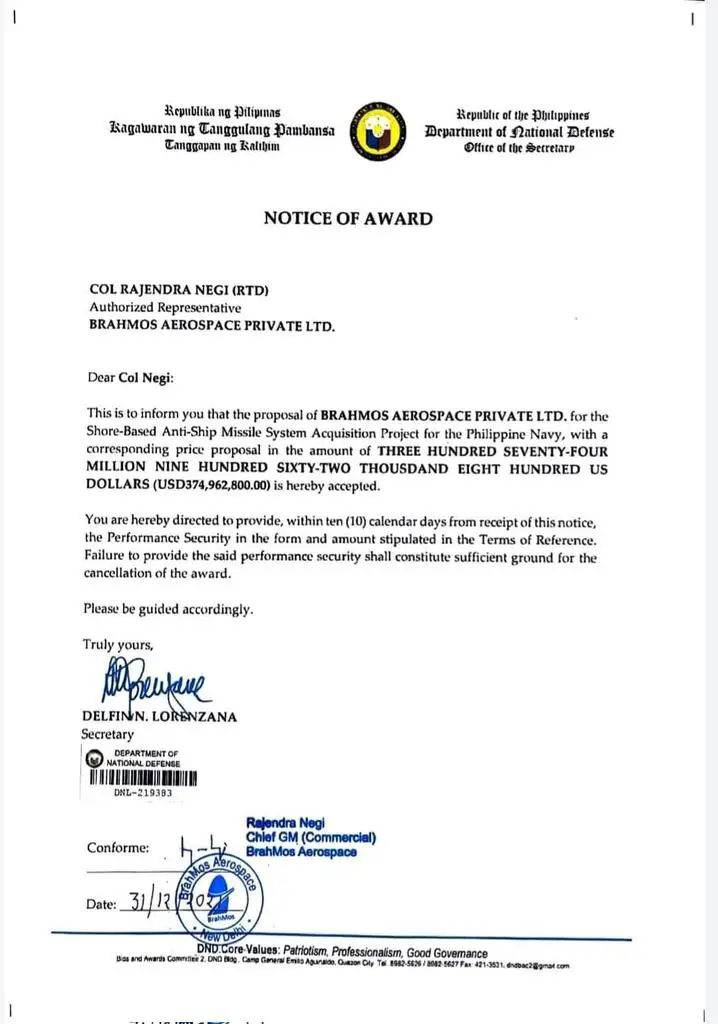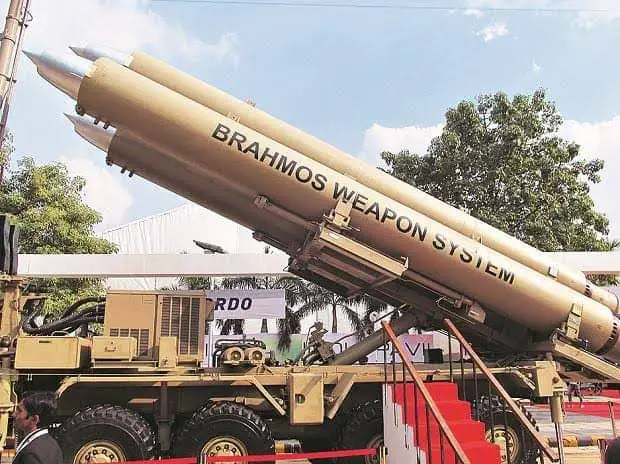Late last week, the Philippine Defense Minister announced that his country would purchase the jointly produced Russian-Indian BrahMos supersonic cruise missiles as part of a nearly $375 million deal. This comes over a year after Russian Deputy Chief of Mission at the Embassy in India Roman Babushkin revealed news of these plans in November 2020. Observers should regard this as a very shrewd Indo-Russian move that’s fully in line with their increasingly converging grand strategies in Eurasia.
President Putin’s trip to India last month resulted in these historically partnered Great Powers agreeing to a 99-paragraph strategic partnership pact that essentially amounts to a de facto hemispheric-wide balancing alliance to assemble a new Non-Aligned Movement (“Neo-NAM”). This ambitious vision aspires to create a third pole of power in the increasingly bi-multipolar world order to maximize all countries’ balancing capabilities vis-à-vis the New Cold War’s US and Chinese superpowers.
The latest deal with the Philippines epitomizes the military dimension of this informal proposal. By selling these high-quality arms to one of America’s oldest mutual defense allies, Russia and India show that they’re politically impartial in the New Cold War between the US and China, particularly concerning those superpowers’ intense rivalry in the South China Sea. It deserves mentioning that the Philippines and China almost went to war in the past over their disputed claims to these waters.
Furthermore, an independent tribunal established under the aegis of the UN Conventional on the Law of the Sea (UNCLOS) sided with the Philippines against China in a 2016 arbitration case whose outcome isn’t recognized by Beijing. UNCLOS is crucial to bring up in this context since Russia intriguingly referenced this entity a total of three times in the strategic partnership pact that it clinched with Vietnam last month ahead of its one with India despite China’s sensitivities towards this subject.

To the author’s best knowledge, the full text wasn’t released by any Russian government entities, but its English translation can be read at the official website of Vietnam’s Ministry of Industry and Trade, which can plausibly be assumed to be accurately reported. Both parties importantly agreed that UNCLOS is “the legal basis for any activity at sea and in the oceans”. While Russia might not formally articulate this policy vis-à-vis the Philippines, it likely holds the same stance in the interests of legal consistency.
That could explain one of the reasons why it agreed to export these jointly produced supersonic missiles to one of America’s oldest mutual defense allies, namely that it tacitly supports the Philippines’ legal claims to the South China Sea in accordance with the UNCLOS tribunal’s earlier ruling. It’s premature to conclude that Moscow’s energy companies have interests in exploring Manilla’s maritime territory, but the Kremlin at the very least wanted to signal its regional military neutrality through this sale.
While India is perceived by many as being closer to the US than to China, though, of course, closest to Russia among all three, Russia is perceived by many as being so close to China that some have even described their strategic partnership as a so-called “alliance”. That’s not the case whatsoever at all since Russia isn’t going to go to war in China’s support, nor take its side over Vietnam’s or anyone else’s in the South China Sea. Selling BrahMos missiles to the Philippines reaffirms Russia’s sincere neutrality there.

It also helps that country improve its military capabilities vis-a-vis the People’s Republic, which Russia might believe could restore the perceived imbalance between them (which has admittedly begun to informally tilt in the Philippines’ favour due to its US ally’s support, though the Chinese Navy is still much more powerful than its regional counterpart’s). That could, in turn, hopefully, encourage a political solution to their territorial dispute, at least according to the Kremlin’s presumed informal calculations.
Altogether, these insights strongly suggest that it was a very shrewd move on India’s and Russia’s part to export their jointly produced BrahMos supersonic missiles to the Philippines. It helps militarily balance the region, which in turn advances their shared “Neo-NAM” vision. This decision also signals Russia’s regional military neutrality, which complements the same aim and improves that country’s reputation in general. While China might not be too pleased, it likely won’t do anything about it.
